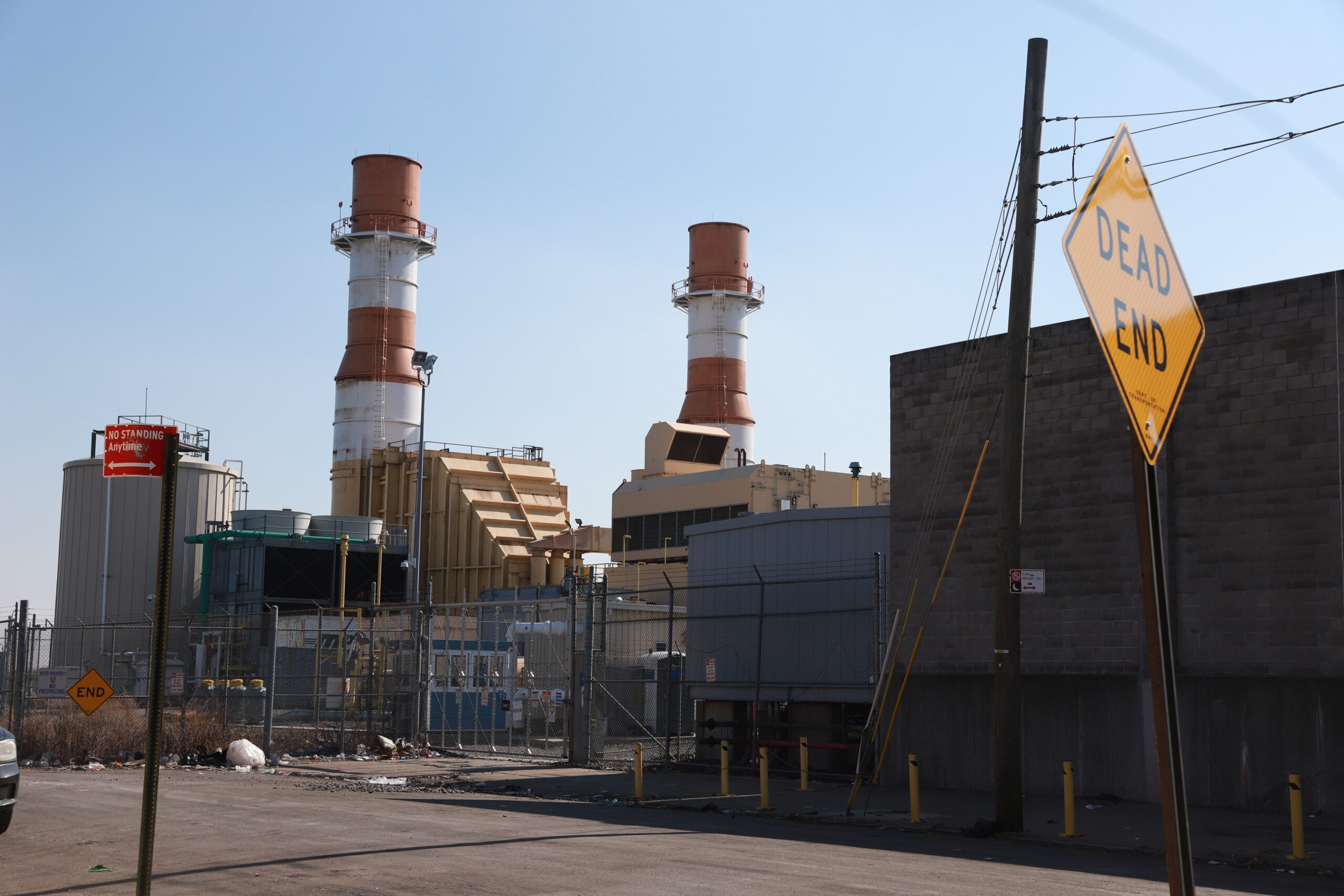The threat of climate change became more apparent than ever this week for New Yorkers, as smoke from Canadian wildfires shrouded the city for the second time in a month. But as city officials look for local solutions by implementing a plan for carbon neutrality around the city, South Bronx residents worry their neighborhood will pay an unfair share of the cleanup bill.
At Bronx Community Board 1’s June meeting, officials from the Department of City Planning detailed an ambitious rezoning plan to create incentives for replacing fossil fuel-based infrastructure with renewable energy.
“Undertaking this work is not free, and it’s not cheap,” explained Paul Phillips, director of the Bronx office of City Planning, at the June 29 meeting at Lincoln Hospital. “But there are billions of dollars at the state, federal, and city level that are available.”
The planning department is asking all of the city’s 59 community boards to collect and submit comments and suggestions from community members, to help cut the city’s carbon emissions 80 percent by 2050. To achieve that goal, the city will change its zoning laws, to encourage New Yorkers to install new solar panels, to create charging stations for electric vehicles, and to implement other carbon-saving technologies.
But some members of Board 1 argued that the proposed infrastructure changes would hurt the South Bronx more than other neighborhoods.
Although Board 1 voted yes to providing a letter of support, they tacked on three key demands, including one insisting that the city close the South Bronx’s existing peaker plants. In addition, they demanded more financial support for building owners to adopt green technology and reduced delivery costs from energy suppliers.
“A lot of infrastructure is going to be put in EJ (environmental justice) areas,” worried Cesar Yoc, an environmentalist who serves on the community board. “You have all these companies that are putting the burden of having infrastructure only in our communities.”
Peaker plants are power plants that only produce energy when demand is highest, usually during the hottest parts of the summer, when most New Yorkers run their air conditioners. The South Bronx is home to four gas-burning peaker plants, which have been a source of tension in a community already dubbed “asthma alley.”
“If we want to approve this, it would be subject to the city of New York working to shut those peaker plants down and setting a timetable to reduce those greenhouse gasses,” said Board 1 Chair Arline Parks. “To do anything else is a violation of law and it’s not fair to this particular community.”
Other area residents anticipate increased costs for building owners, that they suspect will trickle down to tenants. While the proposed text amendment offers financial incentives for building owners to install solar panels and other low-carbon technologies, it is not clear if these incentives would be enough to defray the costs of upgrading their buildings. One Mott Haven homeowner who serves on the board said she received an estimate of $25,000 to install solar panels on her roof.
The proposed text amendment is one of three from the Adams administration’s “City of Yes” initiative, which aims to upgrade and modernize the city’s zoning regulations. The other two text amendments include measures to foster economic and housing opportunities.
After all of the city’s 59 community boards have submitted their reactions, the planning department and city council will vote on the text amendment.

